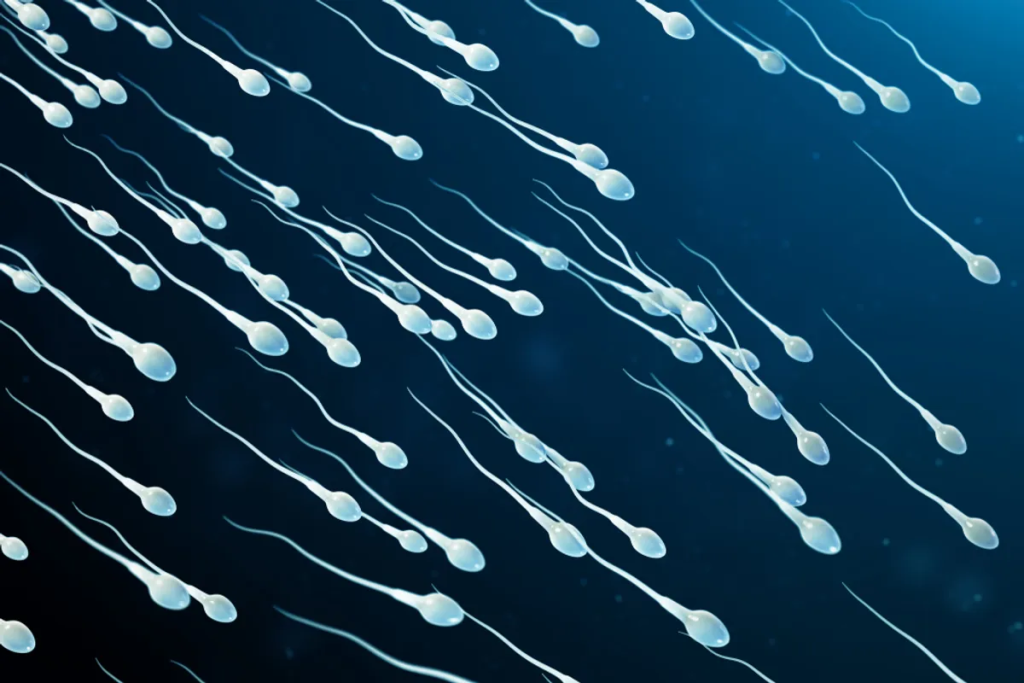The laws of physics have been broken (or appear to have been broken) by all manner of things, from balancing rocks to Seinfeld’s apartment, and now, by human sperm. The latest law-breakers defy Newton’s third law of motion, distorting their bodies as they swim in a way that elicits no response from their surroundings.

Newton’s third law states that when one object exerts a force on a second object, the second object exerts an equal and opposite force back. In other words, “for every action, there is an equal and opposite reaction”. However, for biological swimmers such as sperm, this may not be the case.
In a new study, scientists analyzed Chlamydomonas algae and data on human sperm cells, identifying non-reciprocal mechanical interactions, which they call “odd elasticity”, that go against Newton’s third law.
Both Chlamydomonas and sperm cells use hair-like appendages called flagella to move around. These protrude from the cell, almost like a tail, helping to propel it forward by changing shape as they interact with the surrounding fluid. They do so in a non-reciprocal way, meaning they don’t provoke an equal and opposite response from their surroundings and therefore, flout Newton’s third law.
However, the elasticity of the flagellum doesn’t fully explain how the cell is able to move, which is where odd elasticity comes in. This allows the cells to wiggle their flagella without expending much energy to their surroundings, which would otherwise suppress their motility.
The higher a cell’s odd elasticity score (or odd elastic modulus), the more able a flagellum is to wave sans large energy loss, and so the cell is better able to move forward – in a way that defies physics.
Sperm and algae are not the only cells in possession of a flagellum – many microorganisms have one (they can make bacteria sound like they’re playing tiny drums) – which means there are likely other rule-breakers out there to be discovered. Being able to understand and classify other cells or organisms capable of non-reciprocal movement could be very useful, the team behind the study told New Scientist.
Their approach could even help in the design of small elastic robots with the ability to break Newton’s third law, according to one of the study’s authors, Kenta Ishimoto of Kyoto University in Japan.
Moreover, the odd elastic modulus can be calculated for any closed-loop system, meaning it could be applied to a wide range of biological data, including active elastic membranes and bulk dynamics, the authors explain in their conclusion.
Breaking the law has never been so beneficial.
The study is published in PRX Life.
[H/T: New Scientist]






